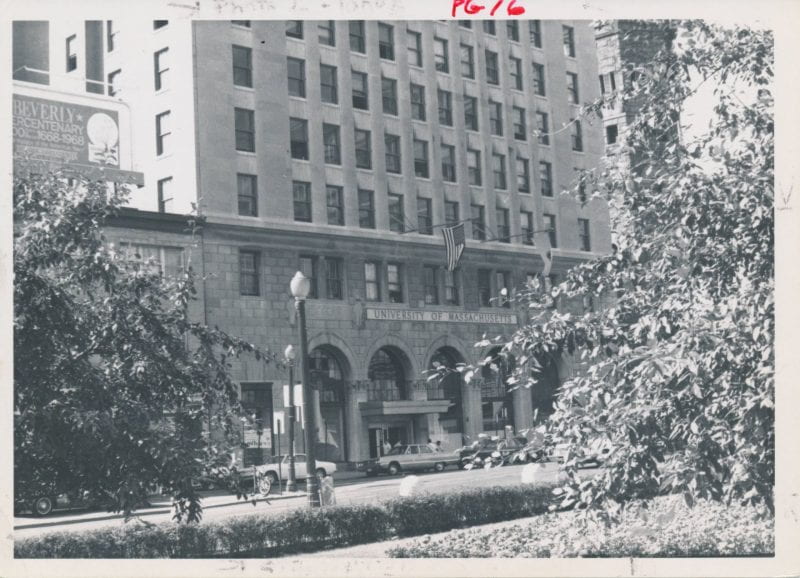University Archives and Special Collections is pleased to highlight an exhibition that features the artwork of Theresa-India Young and other contemporary artists. Legacy: A Continuous Thread will be held at the Piano Craft Gallery from October 1-24, 2021. A reception is scheduled for October 15 from 6:00-9:00 pm.

Postcard for “Legacy: A Continuous Thread” featuring Theresa-India Young and contemporary fiber artists
University Archives and Special Collections holds the Theresa-India Young papers, 1917-2011, bulk 1975-2008. This collection documents the life and work of fiber artist, interdisciplinary arts teacher, and educational consultant Theresa-India Young. The collection also contains personal papers relating to Young’s family, her early years in Harlem, and her education, travel, and genealogical research, particularly into her Gullah heritage. Young’s interest in and advocacy for multiculturalism and diversity in education is well-documented throughout the collection, with a particular focus on unearthing and preserving African and Native American traditions. Her fiber art was informed by her research into African aesthetics and traditions, particularly weaving and hair braiding. Much of her research is preserved in the collection in the form of clippings, handwritten notes, and varied publications. As a longtime resident of the Piano Factory, Young lived and worked within a dynamic local arts scene. The collection documents her relationships with other local artists, like Allan-Rohan Crite, as well as the issues they faced, such as affordable housing.
In the late 1960s Young was a student at the Harlem Youth Arts Program (Haryou Act) and studied with painter Norman Lewis and was an apprentice to Zelda Wynn, Costume Designer for the Dance Theatre of Harlem. She graduated from the High School of Art and Design in 1968 and studied at various institutions, such as Parsons School of Design and SUNY at New Paltz, where she received a degree in Arts Education and African Studies in 1973. In 1972 she studied West African Religion and Art at the University of Legon in Accra, Ghana.
In 1975 she won a scholarship to Boston University’s Program in Artisanry for Textiles. Since that time, she resided in the Boston area and maintained a home and studio at the Piano Factory artists’ building. From 1978-1983 she was Artist-in-Residence at Northeastern University’s African American Master Artist-in-Residency Program (AAMARP).
For more information on Theresa-India Young’s life and work see the finding aid for the Theresa-India Young papers.
University Archives and Special Collections in the Joseph P. Healey Library at UMass Boston collects materials related to the university’s history, as well as materials that reflect the institution’s urban mission and strong support of community service, notably in collections of records of urban planning, social welfare, social action, alternative movements, community organizations, and local history related to neighboring communities.
University Archives and Special Collections welcomes inquiries from individuals, organizations, and businesses interested in donating materials of an archival nature that that fit within our collecting policy. These include manuscripts, documents, organizational archives, collections of photographs, unique publications, and audio and video media. For more information about donating to University Archives and Special Collections, click here or email library.archives@umb.edu.

















